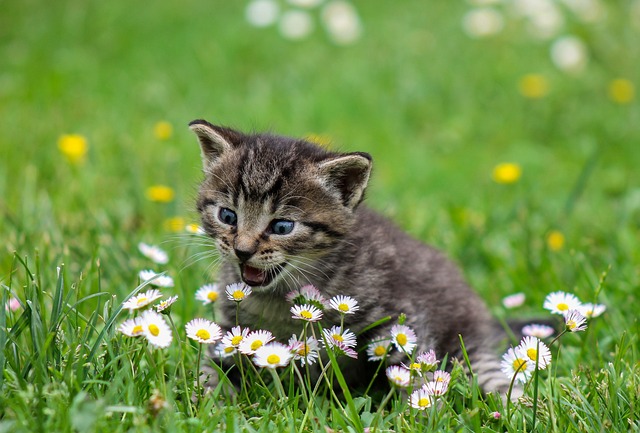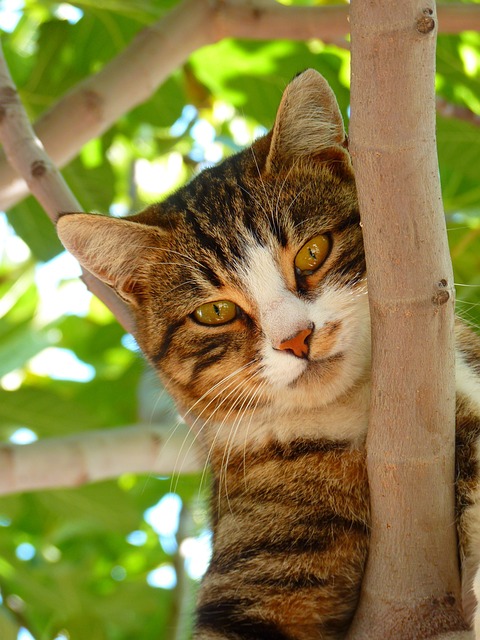Do you ever find yourself chuckling when your beloved kitty lets out a sudden sneeze? It’s cute, right? But sometimes, those sneezes could hint at something more serious going on with your feline companion’s health. Let’s delve into the world of cat sneezing, exploring why it happens, what it might mean, and how to help your furry friend feel better.
Exploring the Whys and Hows of Cat Sneezing
The Common Culprits: Sneezing in cats, much like in humans, can stem from various causes. Allergies often top the list. Just like us, cats can be sensitive to pollen, dust mites, certain foods, or specific substances in their surroundings. Exposure to these allergens can trigger sneezing as their immune system kicks into gear.
Respiratory infections also play a significant role in cat sneezing. Viral, bacterial, or fungal infections can inflame the nasal passages, prompting those adorable sneezing fits.
Irritants and Dental Woes: Additionally, irritants like smoke, potent odors, or harsh cleaning products can tickle your cat’s nose, resulting in achoos. Even dental problems can lead to sneezing if decay or gum disease causes nasal discharge.
Understanding Respiratory Infections in Cats
The Viral Players: Respiratory infections are a common culprit behind cat sneezing. Feline viral rhinotracheitis, calicivirus, and feline herpesvirus are among the usual suspects. These infections spread easily among cats and can cause symptoms like sneezing, coughing, and nasal discharge.
A Vet’s Touch: If you suspect your cat has a respiratory infection, a trip to the vet is essential. Depending on the severity, your vet may prescribe antiviral medications or antibiotics to combat the infection.
Unpacking Allergies and Environmental Irritants
Pesky Allergens: Just like their human counterparts, cats can be allergic to various substances. Pollen, dust mites, certain foods, and even materials can trigger allergic reactions, including sneezing. Allergy testing can help identify the culprit, allowing you to minimize exposure.
Avoiding Irritation: Environmental irritants like smoke or potent smells can tickle your cat’s nostrils, leading to sneezing. Keeping your cat’s environment clean and using pet-friendly products can help mitigate these triggers.
Dental Troubles and Nasal Blockages
Pain in the Mouth: Dental issues can cause nasal discharge, resulting in sneezing among other symptoms. A dental exam can help pinpoint the problem, whether it’s decay, gum disease, or another oral ailment.
Foreign Invaders: Sometimes, foreign objects like grass or tiny toys can find their way into your cat’s nasal passages, causing irritation and sneezing. If you suspect this, immediate veterinary attention is crucial to safely remove the object.
What to Do When Your Cat Sneezes
Symptoms to Watch For: Persistent sneezing, nasal discharge, coughing, or watery eyes could signal a more severe issue. If you notice these symptoms, seeking veterinary care promptly is important.
Tailored Treatment: Treatment for sneezing depends on the underlying cause. Your vet may prescribe medications or recommend dental procedures to alleviate the issue. Completing the treatment course is vital for your cat’s recovery.
Preventive Measures for a Sneezing-Free Life
Keeping Things Clean: Maintaining a clean environment and using pet-friendly products can reduce irritants that trigger sneezing.
Oral Hygiene Matters: Regular dental care can prevent tooth decay and gum disease, which may contribute to sneezing.
Conclusion
Understanding the causes, symptoms, and treatments for cat sneezing can help you care for your furry friend better. By recognizing the signs and seeking timely veterinary care, you can ensure your cat stays healthy, happy, and sneeze-free.






